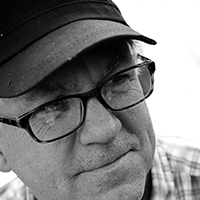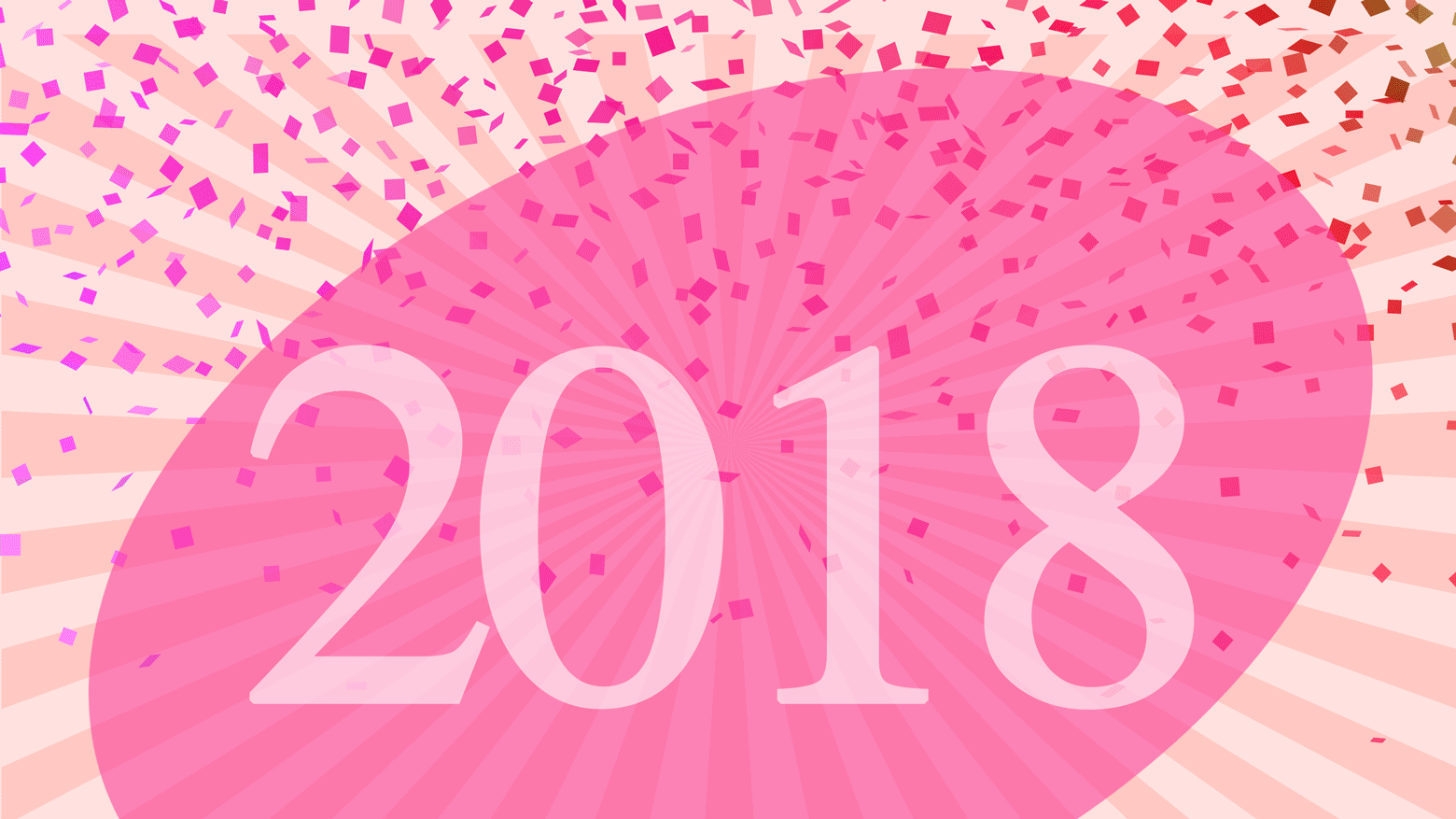Contrary to popular opinion, being employed as a professional cocktails and spirits taster involves considerable downsides. These include…um, these are…well, let me get back to you on that.
But one advantage is that we get into the habit of taking notes about what we drink throughout the year, even when we’re not on the clock. I jot down notes on my phone using Evernote, so everyone around me thinks I’m just texting like everyone else, and not being rude.
Come year end, I can then scroll through the files and photos and think back fondly on great bars and cocktail highlights. It’s like getting postcards from myself. (Note to kids: “postcards” were an early form of Instagram that involved the U.S. mail.)
Of course, much of what passed my lips in 2018 failed to make an impression on me, and these drinks went unremarked. But quite a few potables stood out as worthy of notation, and perhaps small celebration.
Here are some of the twinkling lights that made up the constellation of my year.
BONNE NUIT: Nightcap, Edinburgh, Scotland
After a week of sampling Scotch at distilleries on Islay and elsewhere, I was ready for something that had not made close acquaintance with smoke. I hit the jackpot in downtown Edinburgh at Nightcap, ordering up the Bonne Nuit, which seemed a bit redundant given the bar’s name. And it was the perfect end to the evening—a mix of Cognac, Poire Williams, honey, lime and allspice, served in a coupe. It was bright with high notes that hinted of fruits, but grounded with the ballast of honey and the brandy. The finish was so long I suspect it will outlive Brexit.
VENA’S TIPPERARY: Vena’s Fizz House, Portland, Maine
Vena’s has an old-fashioned sensibility—it’s part cocktail supply shop (many, many bitters!), part soda fountain, and part cocktail bar. It opened in 2013, serving up fancy sodas—some as complicated as any five-ingredient modern speakeasy cocktail. Two years later, they got their liquor license and started hardening their soft drinks. As such, many of their cocktails started with sophisticated mixer flavors—say, homemade ginger beer with passion fruit syrup—which was further complicated with spirits. My favorite had more of a classic sensibility—the Tipperary was made with Irish whiskey, sweet vermouth, yellow Chartreuse and dashed with charred cedar bitters. It was all dry elegance, and when I drained the antique coupe, I had but one thought: I need another.
CEDAR SHADE: Field Guide, Halifax, Nova Scotia
Cedar didn’t predominate as a cocktail ingredient this year at northern bars. Yet this was the second that got my attention (see “charred cedar bitters,” above), at the excellent Field Guide in downtown Halifax. The place has the modern-rustic feel of bar-restaurant decorated by former scoutmaster with peculiarly good taste. The cocktail menu is wonderfully creative, and true to Canada, has a section called “Arboretum: Devoted to Trees.” The Cedar Shade was perfectly balanced, with calvados and Canadian rye darkly complementing one another, and the maraschino bringing the brightness. But the cedar provided a canopy over it all—in aroma and taste, it brought forth the north woods. One sip, and I swore I could hear loons.
THAI TEA DAIQUIRI: Red’s Chinese, New Orleans
This was not a complicated drink—it didn’t consist of layers upon layers, revealing themselves coyly, as do so many sophisticated drinks. It was a one-hit wonder, but that one hit was double gold. This pinkish slushee was served in a tiki mug with a fat bubble tea straw, and each sip was delicious—I could never quite decide if it was the best Thai iced tea I’d had, or the best frozen Daiquiri. And the New Orleans setting was key. Red’s fare takes classic Chinese take-out and applies to it a southern twist (crawfish Rangoon; brisket and broccoli). At the bar, they took the revered if calumnied New Orleans Daiquiri—a hangover swirled into icy suspension—and gave it a glamorous gloss.
DISTILLER’S DRAWER BOTTLED-IN-BOND RUM: Privateer Rum, Ipswich, Mass.
Innovation is what makes craft spirits engaging—with their smaller scale and devoted local following, they can test new ingredients and release very small batches—unlike the big brands, they don’t have to invest in training, marketing and repackaging when they put something new on the shelf. They just…put it on the shelf. Such is the case with the first bottled-in-bond rum to hit the market in about five decades. From sampling, distiller Maggie Campbell knew of this excellent barrel in her warehouse, and managed to keep it on the down-low from her finance-side colleagues who were pushing her to find more barrels to blend and bottle right away. After four years, she deemed it ready, and bottled it at 100-proof that the bonded regulation requires. It’s outstanding—rich and multilayered, and a perfect balance of oak and pure spirit. Only 234 bottles were produced. I’m sorry for your loss.
RUM OLD FASHIONED: Hale Pele, Portland, Ore.
Maybe it was the drizzly night but this classic cocktail sang, and did so operatically. It was made with Hamilton Pot Still Rum, and a mix of Angostura and Bittermens ‘Elemakule Tiki bitters, which brought cola and root beer notes to the bar. But, like, the best cola and root beer ever. The branded Hale Pele square clear cube didn’t hurt the aesthetic, nor did the large orange peel that was wrapped low and deep, offering a beautiful citrus aroma all the way to the last sip. I know I should have been sipping something more tiki at a Polynesian temple, but the multiple rich layers of this drink warmed my soul for days.
BIG LEVEL WHEATED BOURBON: Smooth Ambler Spirits, West Virginia
One fine trend of late has been the maturing of craft whiskies. Five years ago, they all smelled like a bowl of Maltex Maypo—lots of cereal, with little to no countervailing nuance of wood. Yet time, as we all know, is the great healer—solid craft whiskies are emerging as distillers are discovering that patience will pay. Among the best I had this year was the sumptuous and supple Big Level, a so-called wheater, that was left to age for at least five years, then bottled without filtration at 100 proof. It has a mature, pencil-shaving and faint circus peanut aroma, then a layered, dense entry and a lovely and long black-tea-like tannic finish. American craft whiskey: callow no more.
RAMOS GIN FIZZ: Club 33, Disneyland, Anaheim, Calif.
Ordering a Ramos Gin Fizz at a crowded bar is a bit like sending a fried egg back to the kitchen five times to get it just right. It’s obnoxious. But I had no compunction in ordering this at Club 33, a semi-secret member’s club tucked away behind a well-watched but unmarked door amid Disneyland’s New Orleans Square. It’s open to members and their guests only, and becoming a member requires considerable hurdle-leaping and recommendation-getting. I was lucky to slip in as a guest, and given the place’s New Orleans speakeasy sensibility, a Ramos Gin Fizz was a foregone conclusion. And it was delicious. I am writing this with a smug smile on my face. In truth, it was just a pretty good drink, but I enjoyed it immensely because virtually nobody else could have it. You can’t drink at Disneyland! But I did. I know this doesn’t make me a better person for saying this, but sometimes the best ingredient in a drink is exclusivity. I’ve gotten pretty jaded about all things Disney, but for one night I felt like I was 12 again and I was living large and all my friends were back at home living their lame lives.
BRUICHLADDICH BLACK ART 1990
Bruichladdich’s labels have neither terriers nor crests nor tartan plaids. The brand positions itself as modern, edgy and bold (“Progressive Hebridean Distillers” is their tagline). But this Islay distillery is in many ways among the most traditional. They eschew computers, use open top mash tuns, don’t chill filter, and don’t sell to blending houses—everything they make they keep and sell themselves. I had the good fortune to tour the distillery last fall, and got to sample from a few of the 300 different types of casks they have in their warehouse (totaling 70,000 barrels). One of my favorite sips, though, was the Black Art 1990, the sixth in a series of limited releases, from casks of a type “only Adam knows.” (Adam Hannett is the head distiller.) Have a dram—it comes on slowly, and on entry it struck me as a little flat. But then started to blossom with rich, overripe cherry notes, followed by the homey pleasantness of baking bread and wrapping up with cinnamon-inflected finish so long it should probably be given its own time zone.






